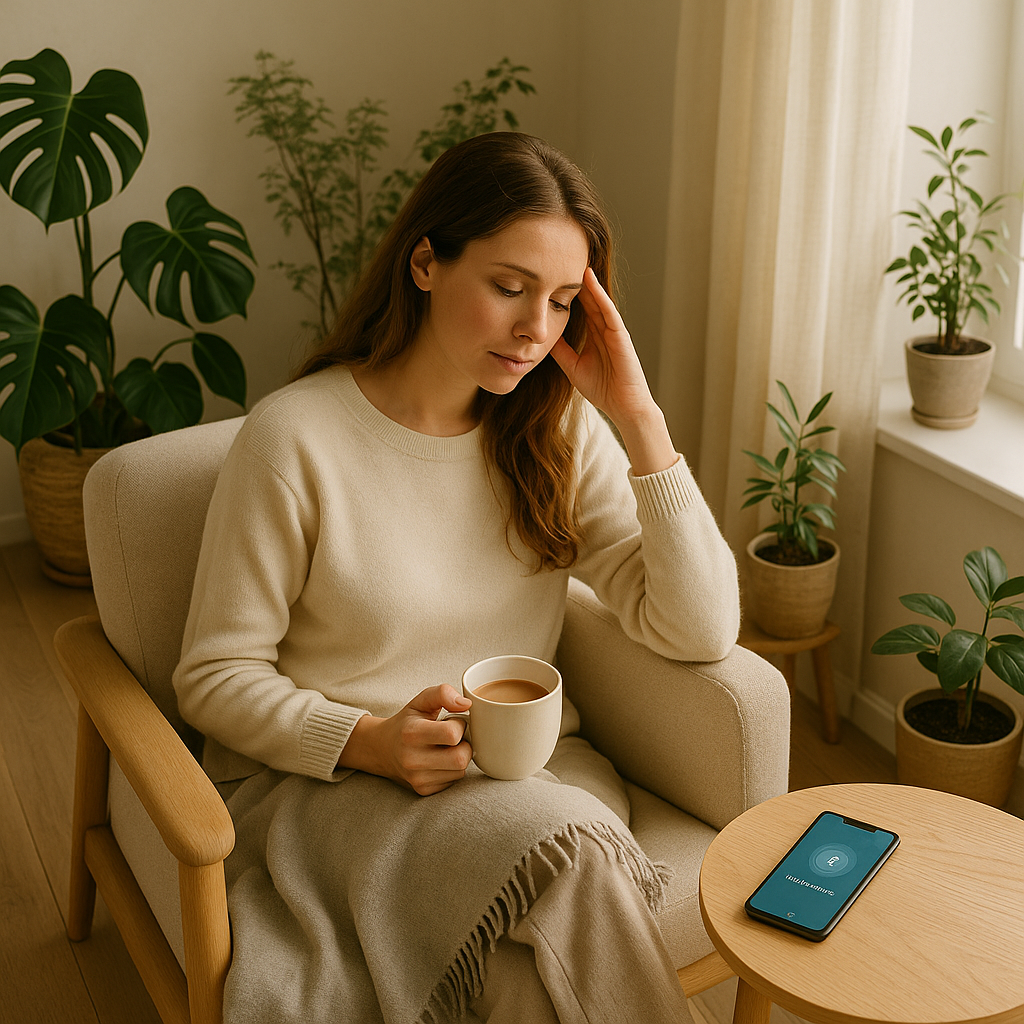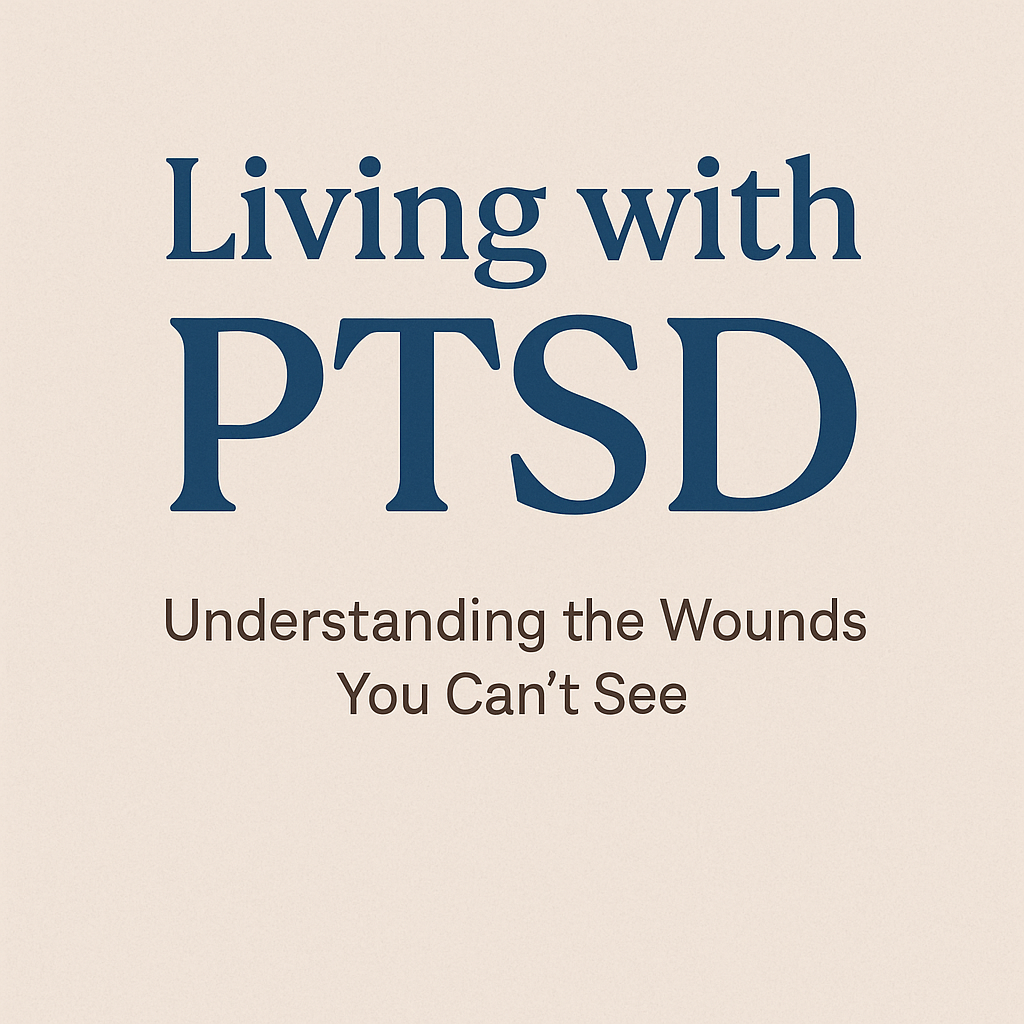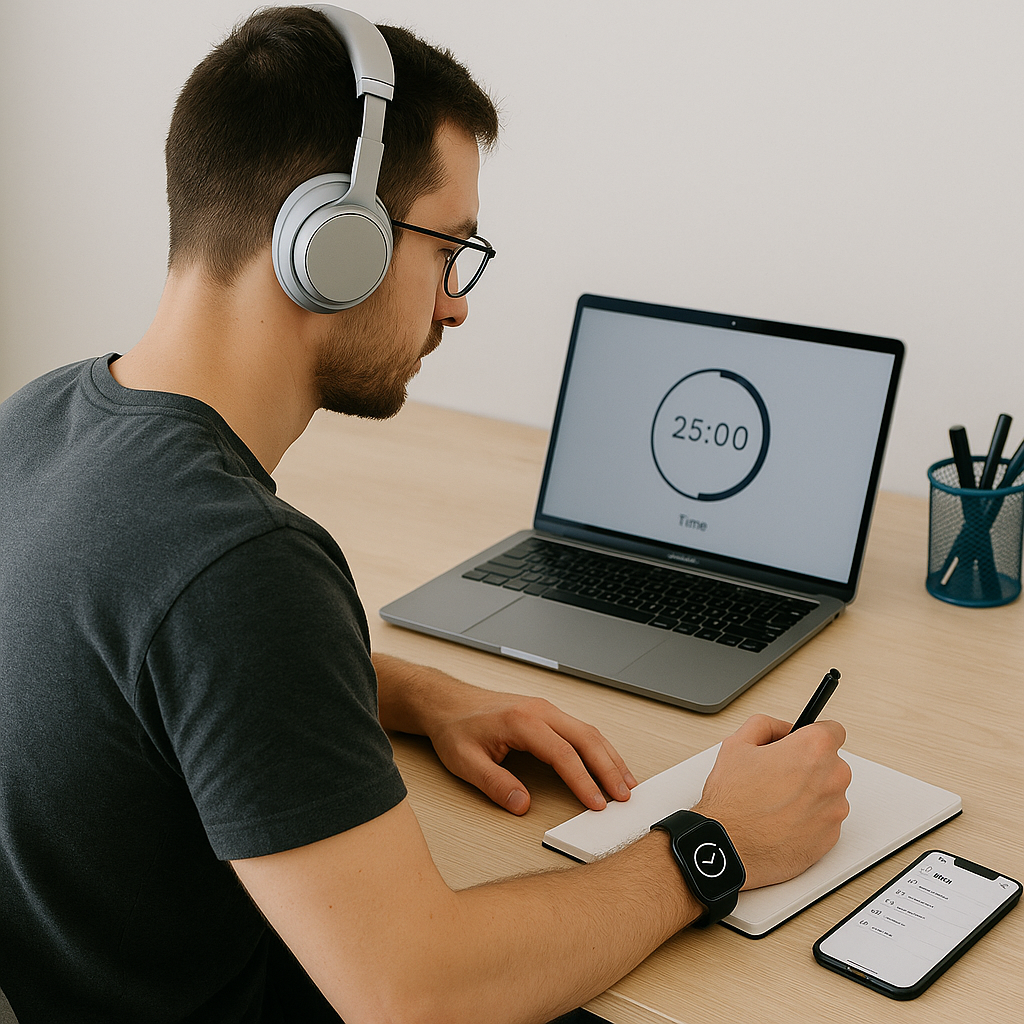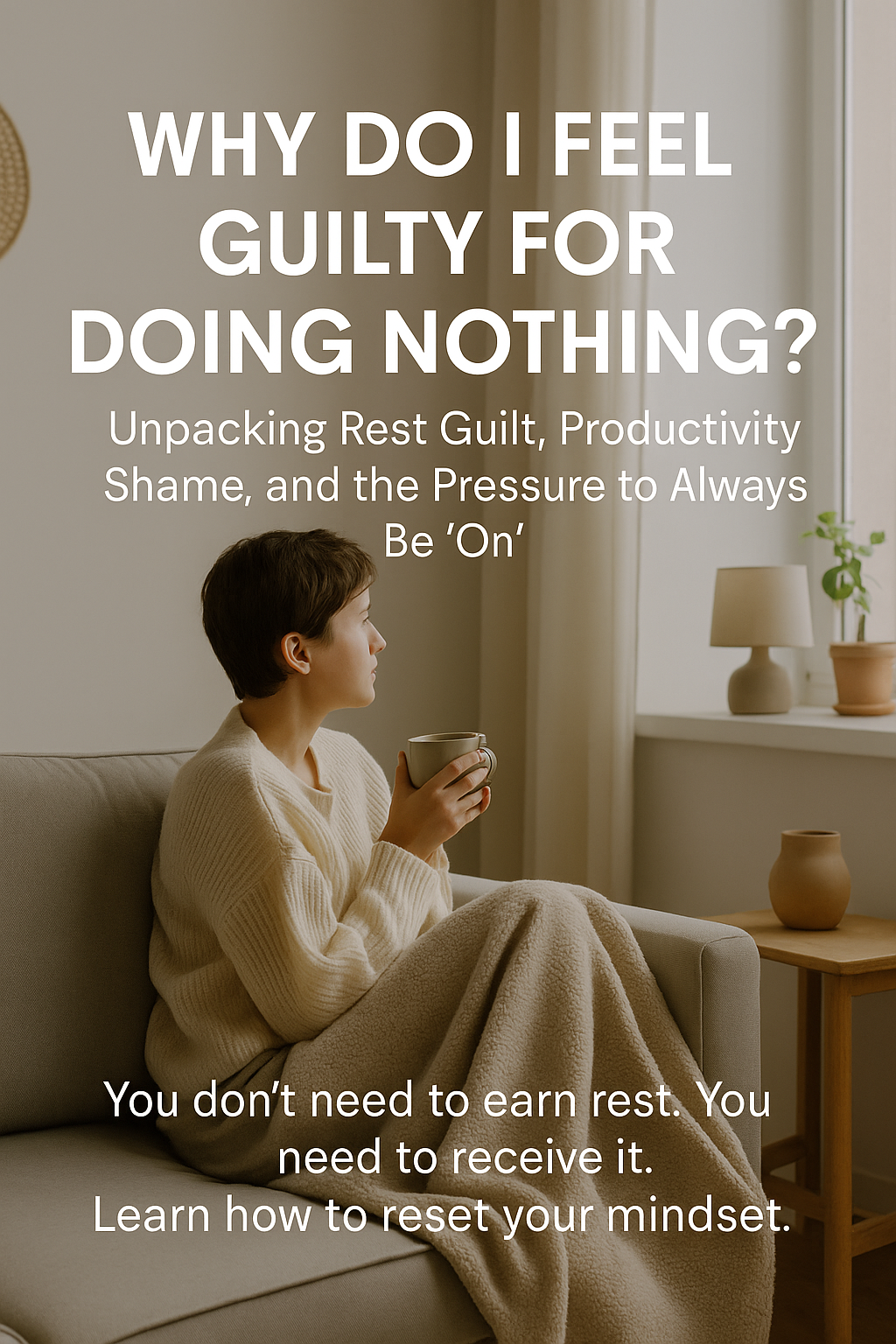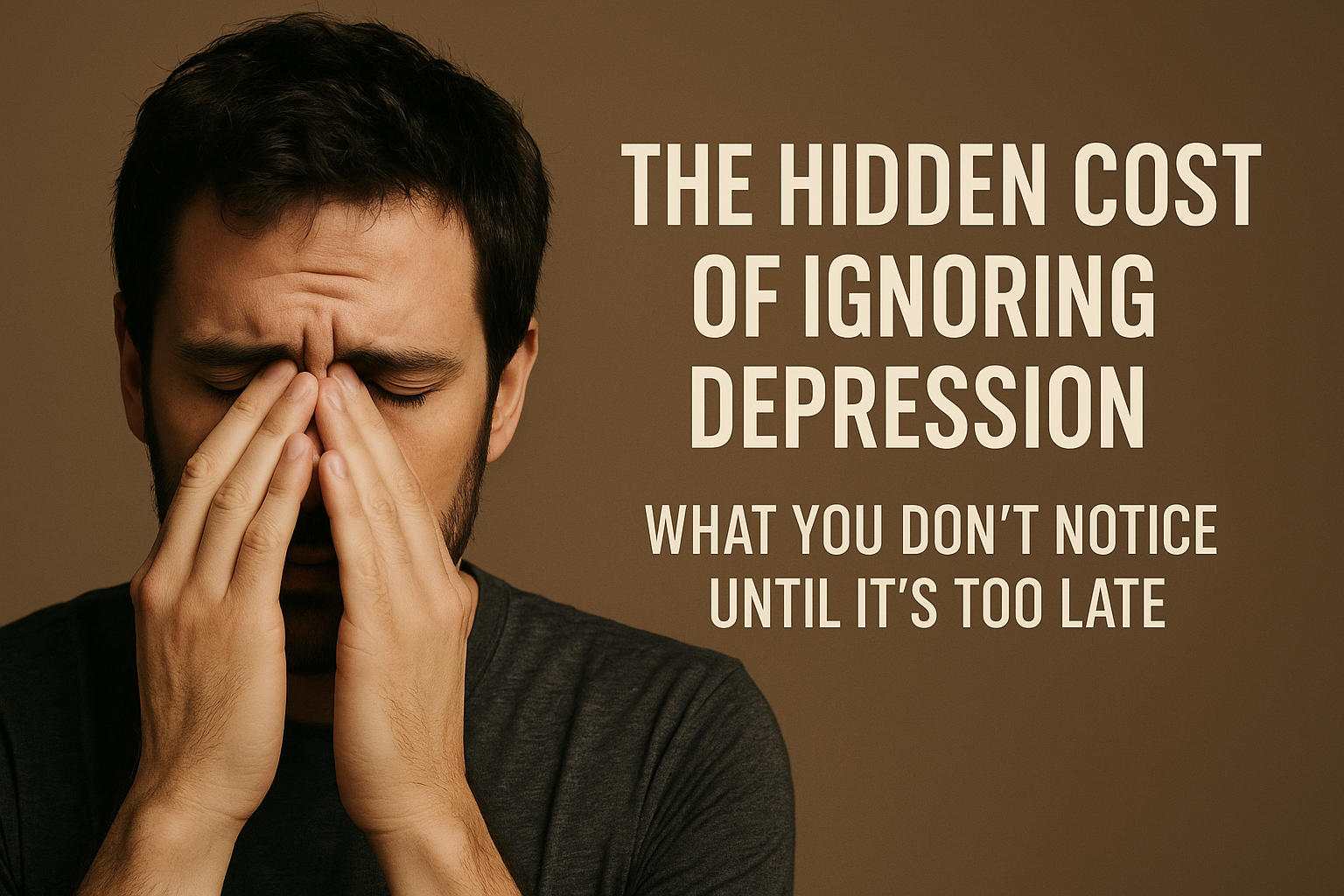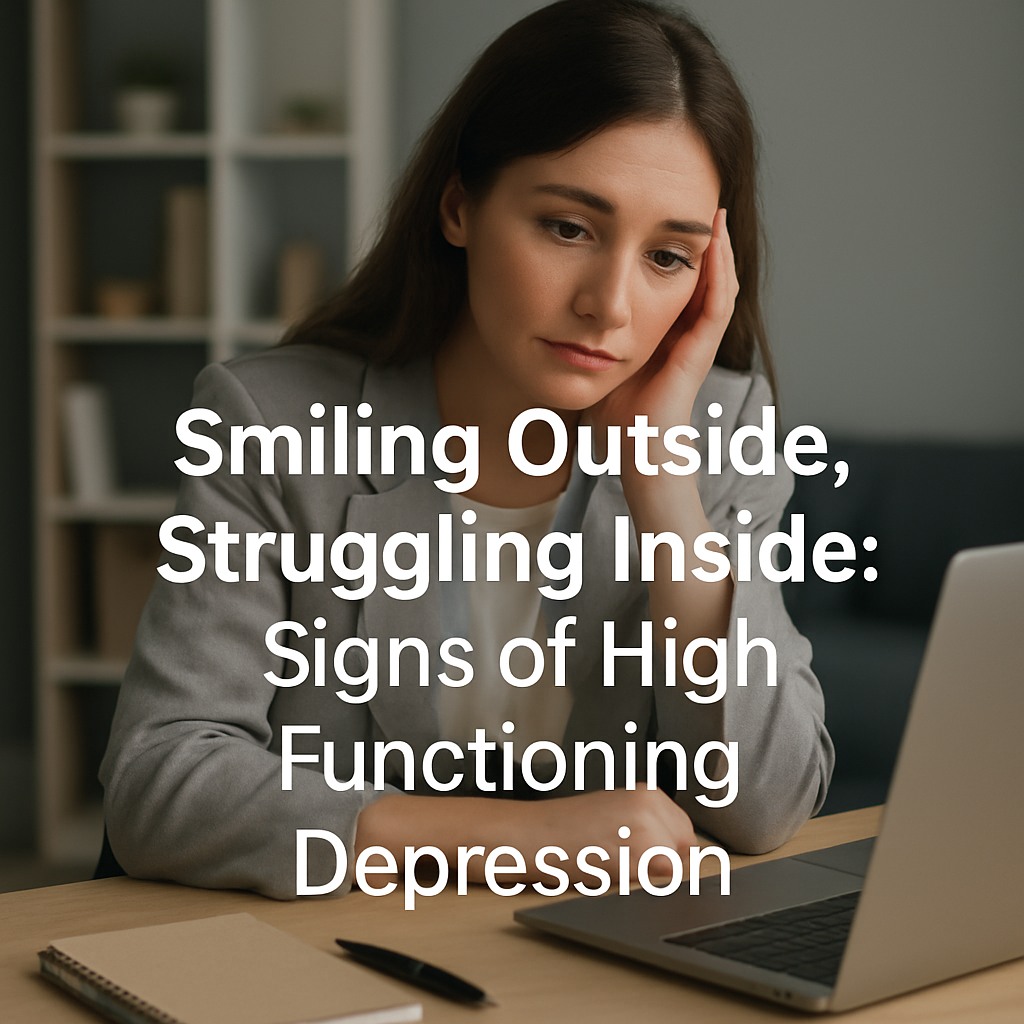The Confusion Is Real
You’re restless. Your heart races. You can’t seem to focus — and suddenly, you’re asking yourself:
“Is this just stress… or something deeper like anxiety?”
As a mental health nurse, I hear this question almost daily. And in today’s fast-paced world, the lines between stress and anxiety blur easily. But knowing the difference can change everything from how you cope to how you heal.
Stress vs. Anxiety: What’s the Core Difference?
| Stress | Anxiety | |
|---|---|---|
| Cause | Usually linked to an external trigger (e.g., deadlines, conflict, pressure) | Often internal — may persist without a clear trigger |
| Duration | Temporary; resolves when the situation ends | Long-term, recurring, and excessive |
| Physical Symptoms | Muscle tension, headaches, fatigue | Racing heart, nausea, panic sensations |
| Mental Signs | Irritability, overwhelm, worry | Dread, irrational fears, intrusive thoughts |
| Helpful? | Can boost performance short-term | Rarely helpful — often impairs function |
Why This Difference Matters
Mislabelling anxiety as “just stress” can delay care and deepen suffering.
When ignored, chronic anxiety can:
Lead to sleep issues, burnout, and depression
Weaken your immune system
Cause disconnection from loved ones
But when understood? You gain control. You can apply the right tools to find calm again.
What You Can Do (Backed by Science)
1. Track It
Start by identifying your patterns. Journaling or using digital mood trackers (like the DTDF Essentials Digital Gratitude Journal) can reveal triggers over time.
2. Try Grounding Tools
Stress → Try deep breathing, short breaks, or progressive muscle relaxation.
Anxiety → Consider biofeedback tools like Apollo Neuro or Sensate to regulate your nervous system in real time.
3. Reframe Your Thoughts
Cognitive-behavioral techniques (CBT) help break mental spirals. Apps like Bloom or Sanvello guide you through easy daily exercises.
4. Seek Professional Help
If anxious thoughts interfere with daily life — it’s time to speak to a professional. Therapy, medication, or both may help.
Download Your Stress vs. Anxiety Reset Checklist
Feeling unsure which one you’re battling?
Grab our free printable:
“Stress vs. Anxiety Reset Checklist: Know the Signs, Apply the Right Tools”
Final Words from DTDF Essentials
Anxiety and stress are part of life but they don’t have to take over your life.
You’re not alone. And you don’t have to guess your way through it.
Start small. Use tech with purpose. And when needed, ask for support.
Because real mental health care starts with awareness and ends with empowerment.
